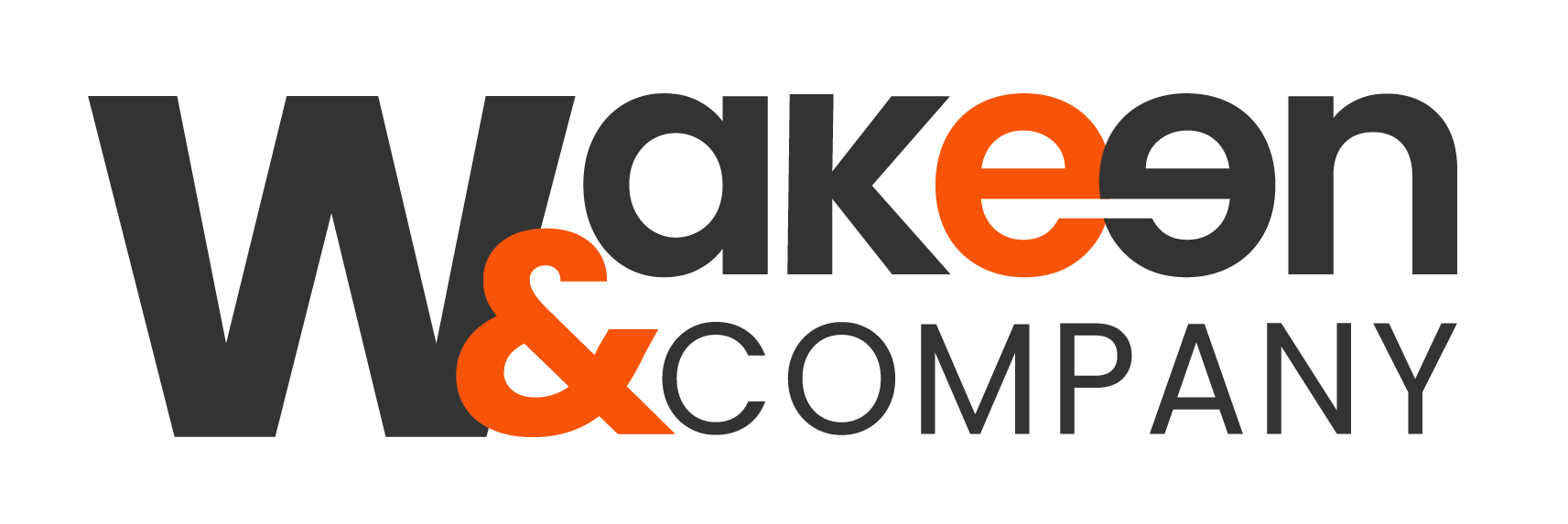(spoiler…the answer is both)
So, what is Media Fragmentation anyway?
What’s your favorite streaming service? Ask 10 people and you may get 10 different answers. What’s particularly amazing is that this would have been a completely foreign question less than a decade ago, and now the options seem almost endless. It’s also a great example of the fragmented media landscape that we live in today, complete with enticing audience targeting opportunities but confounded with challenges for application and execution of ad campaigns.
Media fragmentation means the breakdown or diversification of traditional media channels like TV and print. But, the expansiveness of digital media options have thrown a wrench into the simplicity of this concept. Now, instead of just a few big outlets, we have hundreds of platforms — think social media, streaming services, podcasts, apps, and more. Consumers are spread out or experiencing content across many different sources, making it tricky for advertisers to find them all in one place.
The Good Stuff: Why media fragmentation is great for ads!
- Super Targeting: With more platforms, advertisers can reach very specific people. Whether you want to target yoga lovers on Instagram or gamers on YouTube, the possibilities are endless.
- Better Engagement: Consumers on digital channels are active and engaged. This creates opportunity to lead them instantly down a customer journey to gain valuable insights and make real-time optimizations.
- Creative Freedom: From Instagram stories to TikTok videos, advertisers have more ways to get creative with their ads. This gives brands a chance to customize their messaging and tailor the delivery to specific groups, making them more likely to get noticed. You can also test messaging with a small sample before launching larger-scale campaigns.
The Not-So-Good Stuff: Why media fragmentation is troublesome!
- Ad Overload: With so many ads everywhere, people are getting tired of them. Too many can annoy viewers, leading to ad fatigue.
- Tracking Trouble: Measuring success across all these platforms is tough. Each site has different metrics, making it hard to see if your campaign is really working.
- Higher Costs: More competition means higher prices for ad placements. Brands now have to spend more to get noticed in crowded spaces. It could also mean more investment into creative services to develop versions for specific platforms and/or audiences.
- Less Reach: Being too niche reduces your audience size and overall reach. Unless you can diversify your media placement (and spend) to hedge your bets across multiple targets, then your conversion potential is limited.
Does media fragmentation mean that traditional advertising is dead?
Nope, not in the least bit. In fact, many advertisers have redoubled their efforts utilizing the trusted “grassroots” advertising sources that are available within their local communities. Local TV, billboards, radio, and even newspapers and magazines have been forced to reimagine their solutions and often reinforce their traditional ad tactics with digital retargeting elements and enhanced metrics and reporting. While these sources may not have the same mass appeal or niche targeting options as the big digital players, they can deliver locally-sourced content and presence that could be worth the investment depending on your goals.
Tips for winning in a fragmented world
- Use Data: Smart advertisers use data to track which platforms are working best. Invest in analytics to avoid wasting ad dollars. Optimizing campaign performance is a must!
- Personalize: Tailor your ads to the specific audience you’re targeting. Personalized content is more likely to catch eyes and drive action.
- Mix It Up: Don’t just stick to one platform. Spread your campaign across multiple channels to reach different audience segments. Then based on results, fine tune your strategy.
- Try New Formats: Get creative with your messaging, content, and offers. There are lots of tools and partners out there to help you build a variety of assets – test these to see which drive the most success.
So, which is it?? Is media fragmentation a scary endeavor or an exciting opportunity? Regardless of your perspective, one thing is certain, sitting it out is not an option, so clearly define your campaign goals, develop your message and get out there in the crazy, wonderful world of media with your brand!



